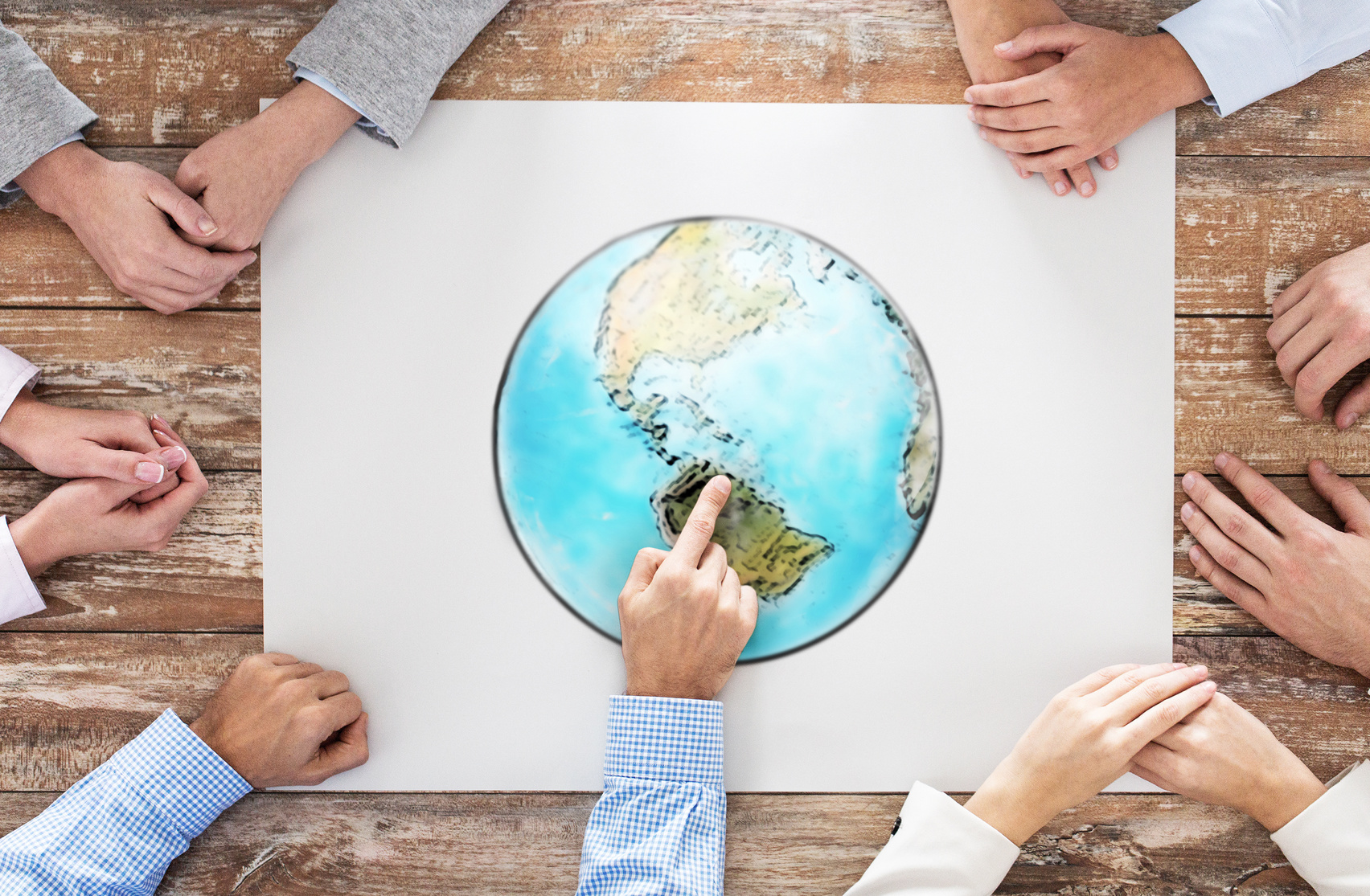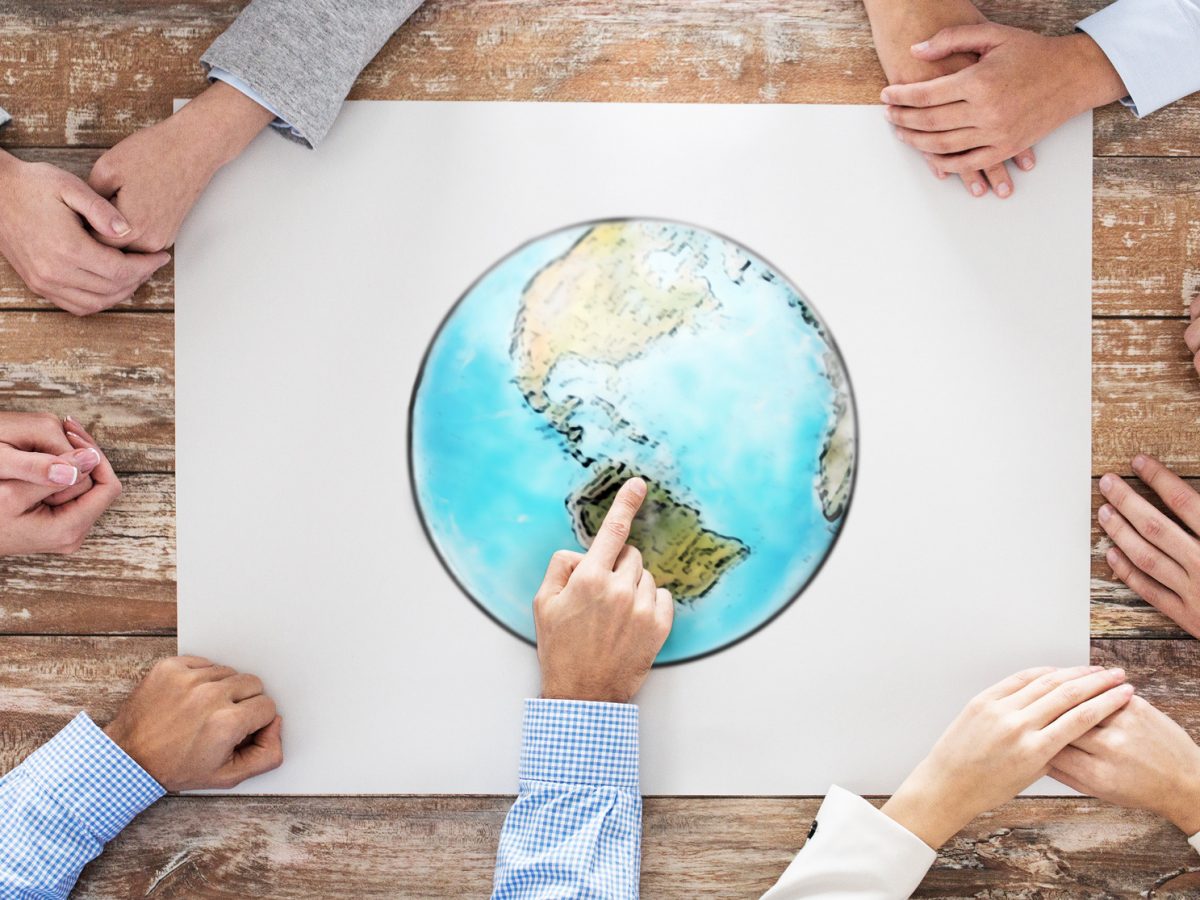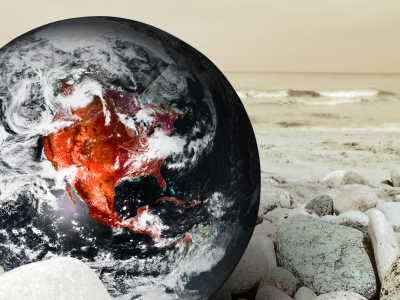Nearly 10 million lives were wasted during World War I conflict due to diplomatic blunders. Millions of people starved to death or were left disabled. In fact, Germany and France had lost a whole generation of their young men. Great Britain, the so-called winning allied power, was the leading capital exporter in 1914, with 27% of the world’s manufactured exports, and had a much higher share of trade in GDP (54%) than other leading economies such as Germany (40%) or the United States (10%). At the end of World War 1, the British Empire was reduced to a state of utmost poverty, unemployment, reduced GDP and excessive-high debt.
Even though the War was expensive, few economies boomed and replaced the ones which couldn’t keep up with the economic turmoil. The United States of America was one such country whose position had transformed in international relations post-war. The country took over the role of Britain in terms of foreign trade and experienced a revolution not only in terms of trade and money but also in terms of civil rights and women participation.
Even though it would be inappropriate to equate such a brutal war with the current COVID-19 catastrophe, this comparison has its justifiable share of commonalities. The deadly virus has killed almost 2 million people worldwide along with putting many countries under recession. Moreover, millions are left stranded on the road due to unemployment and hunger.
Now, the question arises – How exactly does a society recover from a catastrophe?
The answer lies in the history of globalisation itself. Japan, for instance, was in a bad shape during World War II, especially due to Hiroshima and Nagasaki atomic bombing. But it’s a surprising comeback that showcased one of the most impressive economic miracles of all time. Japan prioritised private sector growth along with focusing on steel, ship-building, chemical and machinery industry. They knew this would last for the long run and it did eventually.
Coming back to the present times, Globalisation has benefited nations all across the world. China, for instance, was able to triple its share in world exports between 1990 and 2007 and became the center of the global production network in almost all industries. Moreover, Globalisation picked up from different models and theories and rose as a successful revolution until 2020. COVID-19 catastrophe has pushed us back to de-globalisation where most of the companies prefer regional supply chains and closed economies.
For someone who does not have many ideas about the global supply chains, we can explain it through the Heckscher-Ohlin model. The model suggests that countries should produce and export goods that are in abundance. Similarly, the countries should import goods that are in short supply in their respective countries. This, in other words, is called “Mutually beneficial trade”. Multinational companies chase cost-effective solutions and break down the supply chain to use resources at much cheaper prices. In fact, 80% of the raw material used by American drug companies to make generic drugs come from China.
With COVID-19 in the picture, supply chains have been demolished with people favouring more domestic products. Production levels were down to 30% in the initial months of COVID-19. Hyundai, along with other automobile companies, had to stop its production in South Korea because it could not get the needed parts from China. Many American firms stopped their production on their plants situated in China and Europe. Labour shortages at the shipping ports along with closed borders and curtailed travel plans led to a drop in international trade.
Even though 75% of companies had reported losses due to supply chain disruption back in April 2020, some firms emerged as winners. Kellogg’s, an American multinational food manufacturing company, was not only successful in emerging from the crisis, but also gained a greater market share from it. Kellogg’s focused on its top products in demand and used the safety stock in manufacturing those products. It replaced its Korean supplier of packaging with the one in New Zealand to prevent shipment delays. As a result, Kellogg’s managed to increase its sales over the first nine months of 2020 by 7%.
But, major damage was done to companies that were dependent on Just-in-time (JIT) supply chain operations. For instance, Apple, being one of the first big tech companies to be affected by COVID-19, shifted quickly to its other vendors and geographical locations to meet the hike in demand. Apple had already prepared for such a crisis by adopting the policy of dual sourcing, that is, there were already multiple plants in the same geographical location to support the disruption. Even though everything looked good while planning, the reality was far from what the company had expected. Apple, having a diversified supply chain, was dependent on China and Germany for the majority of its components. By the end of July 2020, Apple was forced to shut down one hundred retail stores around the world due to product scarcity.
Risks associated with the broken supply chains could take us back to a closed world economy with immense trade barriers and high tariffs. Here are some of the risks in the supply chain:
Reduced manpower at factories and ports has rendered many people unemployed. According to the World Bank Group president, David Malpass, “The pandemic and global recession may cause over 1.4% of the world’s population to fall into extreme poverty.”
Many companies have been pushed into bankruptcies because they do not have the luxury to be able to shift the production of key components from one place to another.
Many have shortened or moved their supply chains closer to their home countries. As expected, this would further shrink the world economy by 2050. The pandemic has reversed the entire approach towards globalisation. Many of the developed countries are favouring a circular economy to boost resilience and withstand any of these future shocks.
One immediate response to this pandemic was companies maintaining safety inventory, that is, the companies were deliberately inclined towards overstocking their godowns to withstand future shocks. But, research shows that holding a lot of inventory is not a good approach to deal with supply disruptions. There can be a change in consumer behaviour, which can further push the companies on the downside.
COVID-19 has worsened the nightmares of those who were already on the brink of falling under the poverty line. David Beasley, executive director of the World Food Program warned that the program will have to feed nearly 140 million people, the most in the agency’s history so far. The deadly virus has exacerbated the Hunger crisis.
Further, the world leaders have forgotten the much less resourceful nations like Yemen, Syria, Lebanon, etc. These countries were already experiencing an economic collapse and the pandemic made it worse. Some of these regions have been stripped off from the world due to the broken supply chains.
COVID-19 has no doubt turned out to be the worst humanitarian crisis since World War II and the nightmare is not over yet. What companies can do as of now is to rethink the tradeoffs between cost and responsiveness and improve supply chain risk management. Coronavirus will fundamentally reshape global trade and hopefully make the world resilient towards any of these future calamities
Bibliography/references:
- International Trade and Disruption of Supply Chains: Risk Management in the Pandemic Age- https://www.jdsupra.com/legalnews/international-trade-and-disruption-of-58669/
- Fire lines as fault lines: increased trade barriers during the COVID-19 pandemic further shatter the global food system – https://link.springer.com/article/10.1007/s12571-020-01075-2
- Global supply chain in post-pandemic world https://hbr.org/2020/09/global-supply-chains-in-a-post-pandemic-world
- The COVID-19 Pandemic and International Trade: Temporary Turbulence or Paradigm Shift- https://www.ncbi.nlm.nih.gov/pmc/articles/PMC7174848/
- https://www.iiss.org/blogs/research-paper/2020/08/covid-19-trade-and-supply-chains
- Business Continuity Planning During and After the Coronavirus (COVID-19) Pandemic- https://www.youtube.com/watch?v=4_0vHEbSlHg
- Coronavirus Special Report: Supply Chain Pain- https://www.youtube.com/watch?v=q6swMZbfhOc
- Future of Indian supply chains and opportunities in a post COVID world- https://retail.economictimes.indiatimes.com/news/industry/future-of-indian-supply-chains-and-opportunities-in-a-post-covid-world/75424915
- How Kellogg’s, Nike, and HP handled 2020 supply chain disruptions, https://www.fm-magazine.com/news/2021/jan/coronavirus-supply-chain-disruptions-kelloggs-nike-hp.html
Submitted by: Soumya Bhasin, Student Risk Committee Member













